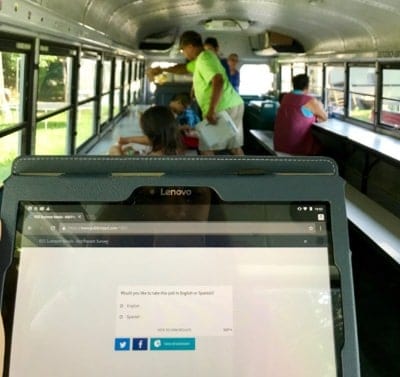Civil rights advocates have long recognized that housing segregation creates inequality in living conditions. Residential segregation undermines equal access to education, public resources, and employment, and frustrates democracy at every level. Despite this understanding, most advocates address these issues piecemeal. Schools may desegregate for a time, but as segregated housing patterns persist, they tend to resegregate. A community may successfully fight off one polluter but lack the political power to prevent the next. Few victories remain won, in part because of an outdated legal framework where civil rights are defined as individual rights and racial discrimination as a personal experience. The opposite is true. Housing segregation operates at a neighborhood level. When a neighborhood is overwhelmingly one race, all residents face impacts of that segregation, regardless of their own circumstances. While some discrimination is individualized (i.e., employment or access to higher education), even that discrimination is reinforced by segregated communities.
The Inclusion Project of the UNC Center for Civil Rights (CCR) uses North Carolina as a case study of impacts tied to super-majority non-white neighborhoods called “excluded communities.” The term applies broadly to any community excluded socially, politically, or economically from opportunities available to other residents. Our goal is to provide data and analysis of the shared causes of the challenges facing excluded communities. The first phase of the project was a statewide analysis resulting in the publication of the State of Exclusion report. The results were startling, especially with respect to educational disparities and environmental justice issues. The second phase continued our empirical data analysis at a more local level, focusing on the impacts of exclusion on individual counties. The Inclusion Project then moved to a new level, highlighting specific examples of the combination of data and research with direct community-based advocacy designed to dismantle structural inequities and begin to promote equity and inclusion.
This is the first installment of a three-part series on education, environmental justice and civic engagement in Duplin County. CCR’s work in Duplin County began in 2014, when community leaders reached out for assistance in effectively engaging their locally elected officials, who they believed were ignoring the community’s needs. A grassroots “Civic Engagement”training was held, which included technical support and information around voting, elections, and citizen advisory boards. During that training, Duplin residents revealed more specific concerns about access to equal education opportunities in the county.
African American parents of children attending the Warsaw-area schools, along with the then-mayor and the town manager of Warsaw, had for many months been expressing their concerns in school board and other public meetings about the educational outcomes and the increased isolation of poor and non-white students in the Warsaw, Wallace and Rose Hill areas. They also understood their failing schools’ effect on their local economy. These advocates are committed to forcing the school district to The Inclusion Project Duplin County Series Summary | 2 address the correlation between racial isolation, sub-par facilities and curriculum, low End-of-Grade test scores, and problems with attracting and retaining high-quality, experienced teachers and administrators. Part I of the report focuses on the issues and advocacy regarding educational equity.
Community organizers working to address the impacts of industrial swine and poultry operations on excluded African-American communities in Duplin and across eastern North Carolina also reached out to CCR. The “Hog Capital of the World,” Duplin boasts the highest concentration of swine in the nation, with more than 500 permitted facilities housing more than 2 million hogs. Because North Carolina allows those operations to dispose of the hog waste in open pits, and to spray liquid waste on surrounding fields, the pollution from those operations includes a horrible stench in the air that often carries up to three miles from the source; waste runoff resulting in contamination of water; and proliferation of flies, buzzards and other disease vectors.
Researchers at UNC School of Public Health and elsewhere have published peer-reviewed articles on the health effects suffered by residents living near these operations, including respiratory problems, headaches, and depression. In September 2014, the Warsaw-based Rural Empowerment Association for Community Help, Waterkeeper Alliance, and the North Carolina Environmental Justice Network filed a federal civil rights complaint with the Environmental Protection Agency alleging race discrimination in the state’s regulation of swine operations. Because of the continuing strong advocacy by these three groups and impacted residents, the Department of Environmental Quality is now listening, and turning its attention to change.
In 2017, both the education and environmental justice advocates asked CCR to conduct another Civic Engagement Training in Duplin County. It was a standing-room-only event which included some elected officials and young people. The county’s rapidly shifting demographics, and residents’ growing awareness of the connection between race, place, money and power, fueled an informed discussion of local election results and how appointments to local governing boards are made. There is much work to do in Duplin County to create a more inclusive community, but there is no shortage of potential new leaders to do that work. In this new Inclusion Project series, CCR aims to present the data along with an historical perspective to show how the struggles for education equity, environmental justice, and equal access to political representation overlap and inform each other.



